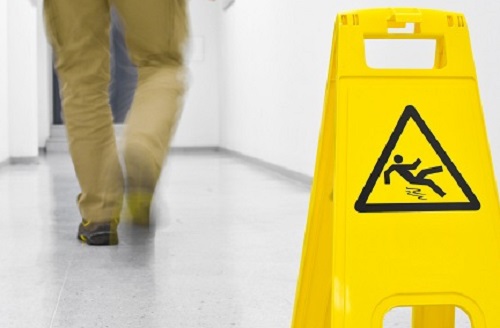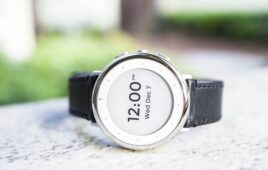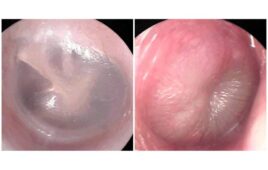
A “smart home” system uses computer-controlled cameras and wearable sensors to automatically detect falls and warn caregivers. (Credit: KAUST)
Falls by elderly people can cause serious injury or death if sufferers remain on the ground for too long. By combining data from both wearable sensors and video surveillance, a team at KAUST has developed a statistical scheme that detects when senior citizens or others need help after falling.
Falls have distinct signs, such as sudden changes in acceleration, which make them trackable with technology. Over the last 20 years, researchers have tackled this problem with sensors that measure movements or computers that analyze shapes in video images. Both approaches, however, have trouble distinguishing mild slips from serious incidents and consequently have high false alarm rates.
The University’s Assistant Professor Ying Sun and co-workers used statistics to improve fall detection. While accelerometers in most wearable sensors use manually set thresholds to trigger an alert signal, the KAUST team used exponentially weighted moving average (EWMA) charts to dynamically monitor acceleration data over time. Any unusual changes to a person’s movements are then identified as sharp deviations from the expected, averaged dataset.
“The EWMA monitoring technique is effective in detecting falls because it is sensitive to small changes,” explains Sun. “Its low computational cost also means it can be easily implemented in real time.”
The researchers integrated EWMA chart monitoring into a model ‘smart home’ environment containing multiple surveillance cameras to better spot significant fall events. This strategy uses computer vision algorithms to subtract backgrounds and imaging artefacts from the video data to focus purely on human shapes. Then, if the dynamic sensor registers an alarm, the software compares images of the fallen person to a database of body positions.
“The classification stage is executed only when a potential fall is detected by the EWMA scheme,” says Sun. “This significantly reduces false alarms.”
Experiments revealed the EWMA-based approach accurately distinguished dangerous stumbles from everyday events, such as picking up a dropped pencil. By feeding the characteristics of identified true fall events into a classification algorithm, the team trained the program to automatically diagnose real falls and alert family members or caregivers.
Sun notes that this statistical-based method makes it simpler to achieve reasonable accuracy in small, unobtrusive computing devices. “We plan to consider more data inputs, such as heart rate and blood pressure provided by a smartwatch or a smartphone, for healthcare monitoring,” Sun says. “By collaborating with clinics or nursing institutes, we hope to validate our approach with real data.”




